The Indian Economy: GDP Growth Amidst Rising Inflation, Unemployment, and Rupee Depreciation
In recent times, India has seen contrasting economic signals: on the one hand, the government claims that the Indian Gross Domestic Product (GDP) is growing at a healthy pace, while on the other, the country grapples with falling currency value, rising inflation, and increasing unemployment. The government maintains that India’s economic performance is strong, but how accurate is this narrative? Is the GDP growth truly reflective of the real economic situation, or is it masking underlying issues? This article will delve into these complex factors and provide an in-depth analysis to understand whether the government’s claims about India’s GDP growth align with the reality faced by the average citizen.
The Claims of GDP Growth
India’s GDP growth rate has been one of the focal points of economic discussions for years. The government, particularly since the advent of the Modi administration in 2014, has highlighted GDP growth as a key indicator of economic prosperity. According to official data, India’s GDP growth rate was consistently strong in the years leading up to the pandemic, ranging between 6% and 8% annually. The COVID-19 pandemic and the subsequent lockdowns severely impacted the economy, with a sharp contraction in 2020, but the government and economists are now pointing to a rebound, with GDP growth reportedly recovering in the post-pandemic years.
In 2021-2022, India’s economy showed positive growth, though some reports suggest this recovery was more V-shaped than sustainable. The most recent figures released by the Indian government suggest that India’s GDP growth for 2023 could be around 6.8% (projections may vary). This number suggests that the Indian economy is on the mend after the COVID-induced contraction, but what do these figures mean in a broader context?
What Does GDP Growth Measure?
Gross Domestic Product (GDP) measures the total value of all goods and services produced within a country. It is a crucial indicator used to gauge the economic performance of a nation, often seen as a measure of prosperity. A rising GDP suggests that the country is producing more goods and services, which, in theory, should translate into improved living standards, higher employment, and greater wealth.
However, it is important to remember that GDP growth alone does not capture the entire picture of economic well-being. GDP fails to account for the distribution of wealth, the quality of growth, or external factors such as inflation, unemployment, and currency depreciation. For example, if GDP grows, but inflation and unemployment are also rising, it may indicate that the benefits of growth are not reaching the broader population.
In India’s case, there are significant concerns about whether the GDP growth being reported is truly representative of the average citizen’s experience, especially given the rising inflation and unemployment.

The Rise in Inflation
Inflation has been a major concern for India in recent years. Inflation refers to the general rise in the prices of goods and services over time. In India, inflation has been driven by a combination of factors, including rising global commodity prices, supply chain disruptions, and domestic factors like agricultural yields and wages.
In 2022, the inflation rate in India was notably high, crossing 7%, well above the Reserve Bank of India’s target range of 2-6%. This was exacerbated by the surge in global energy prices, particularly oil, which directly impacted India’s import costs. With India being a net importer of crude oil, any increase in international oil prices leads to higher domestic fuel prices, which in turn raises transportation and production costs for goods and services.
Moreover, food inflation has been another key driver, with essential food items like vegetables, cereals, and pulses seeing sharp price hikes. While GDP growth is often touted as evidence of economic progress, the average consumer feels the pain of inflation in their day-to-day life, particularly in terms of the increasing cost of living.
High inflation also impacts the purchasing power of citizens, meaning that even if people are earning more nominally, they may not be able to afford basic goods and services at the same rate as before. This creates a disparity between the economic data reported by the government and the lived experiences of many Indians.
Depreciation of the Rupee
The depreciation of the Indian rupee against major currencies like the US dollar has further compounded the country’s economic challenges. In recent years, the rupee has been falling steadily, reaching new lows against the dollar. As of 2023, the Indian rupee has crossed the threshold of ₹80 to the US dollar, a sharp decline from previous levels.
A falling rupee leads to several negative consequences for the economy. First, it makes imports more expensive, driving up the prices of goods, particularly those that are essential for the economy, such as oil, gold, and raw materials for manufacturing. As mentioned earlier, India is heavily dependent on imports, especially crude oil. When the rupee weakens, the country faces a higher import bill, which further drives inflation.
Second, the depreciation of the rupee makes foreign debt more expensive to service. India has accumulated a considerable amount of foreign debt over the years, and as the rupee loses value, the cost of servicing that debt rises. This can strain the country’s fiscal position, affecting public spending and leading to potential cuts in social welfare and infrastructure investment.
Finally, a falling rupee can erode the value of the savings and income of ordinary citizens. For those who rely on imported goods or who are employed in sectors sensitive to exchange rate fluctuations, the rupee’s depreciation reduces their purchasing power and standard of living.
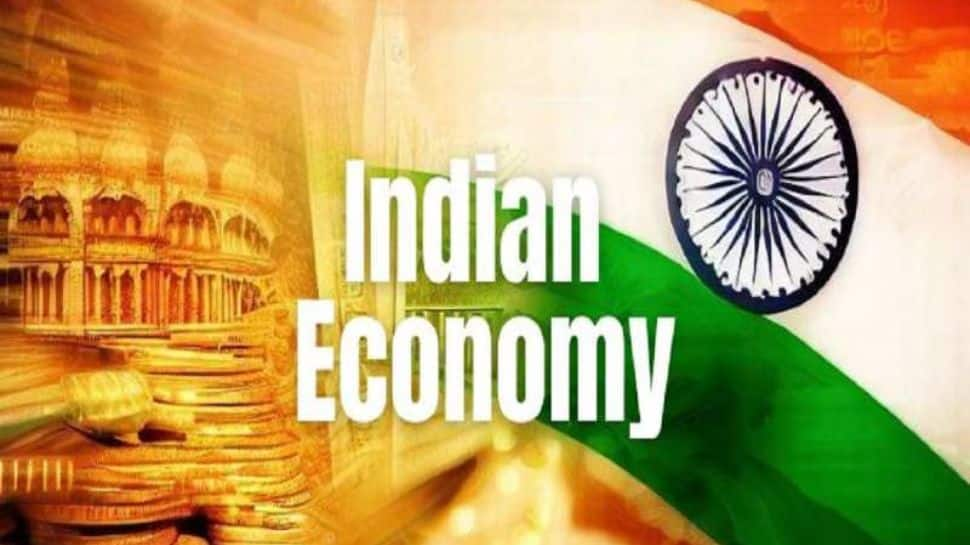
Unemployment: A Growing Concern
Perhaps one of the most pressing challenges facing India today is the rising unemployment rate. Despite claims of a growing economy, jobs have not kept pace with the increasing population and the demand for work. According to the Centre for Monitoring Indian Economy (CMIE), the unemployment rate in India has remained stubbornly high, especially in urban areas.
India’s workforce participation rate (WPR) is also quite low compared to other countries, particularly for women. The labor force participation rate for women in India is one of the lowest in the world, and this issue has persisted for decades. The challenge of creating enough jobs for India’s young and growing population is compounded by a mismatch between the skills that are in demand and the skills that are being provided through the education system.
Additionally, the rise of automation and artificial intelligence is expected to reduce the number of jobs available in traditional sectors such as manufacturing and agriculture, which have historically been the largest sources of employment in India. The lack of robust social security mechanisms and the slow pace of industrial diversification make it difficult for the government to address these issues effectively.
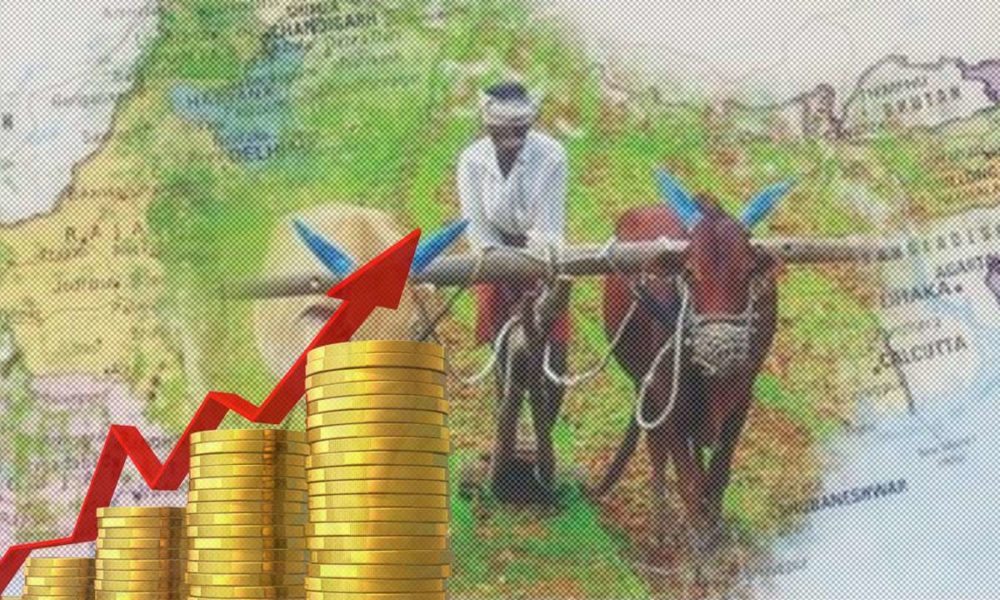
The Truth Behind the Government’s Claims
So, is the government’s claim of GDP growth true, and does it reflect the real economic situation in India? To answer this, we need to consider the GDP growth figure in conjunction with the rising inflation, unemployment, and depreciation of the rupee.
While GDP growth is an important indicator of economic output, it fails to capture the full range of economic distress faced by ordinary citizens. Rising inflation is eroding the purchasing power of consumers, and the depreciation of the rupee is making imports more expensive. Unemployment, particularly among the youth, remains high, and the creation of quality jobs is not keeping up with the demands of the growing population.
Moreover, GDP growth often reflects only the aggregate economic output, and it may not necessarily represent equitable growth. If the benefits of economic growth are concentrated in a small section of the population, the larger portion may experience little to no improvement in their standard of living. India’s economic growth has been criticized for being disproportionately beneficial to the wealthy, leaving behind large sections of the population, particularly the rural poor and those in informal employment.
Conclusion
In conclusion, while the Indian government’s claims of GDP growth may be factually correct, they fail to tell the whole story of the country’s economic challenges. GDP growth is only one dimension of economic health, and it must be considered alongside inflation, unemployment, and currency depreciation to get a complete picture.
India is undoubtedly experiencing economic growth in certain sectors, and the country is poised to become a global economic power. However, the reality of the situation is that this growth is not reaching all sections of society equally, and the average citizen is facing rising costs of living, job insecurity, and the erosion of their savings due to the falling rupee.
The government must focus on addressing these structural issues—by ensuring that economic growth is inclusive, tackling inflation, creating more quality jobs, and stabilizing the currency. Only then can India’s GDP growth translate into tangible improvements in the lives of its citizens. Until these issues are tackled head-on, the claims of GDP growth might remain an incomplete and misleading measure of the country’s economic health.
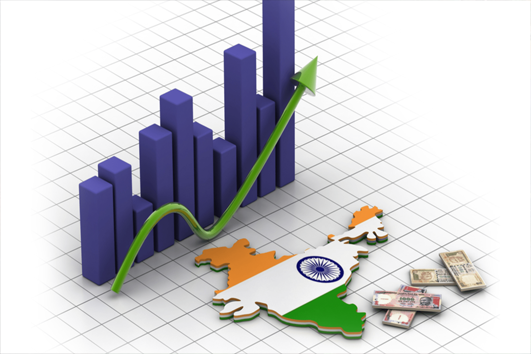
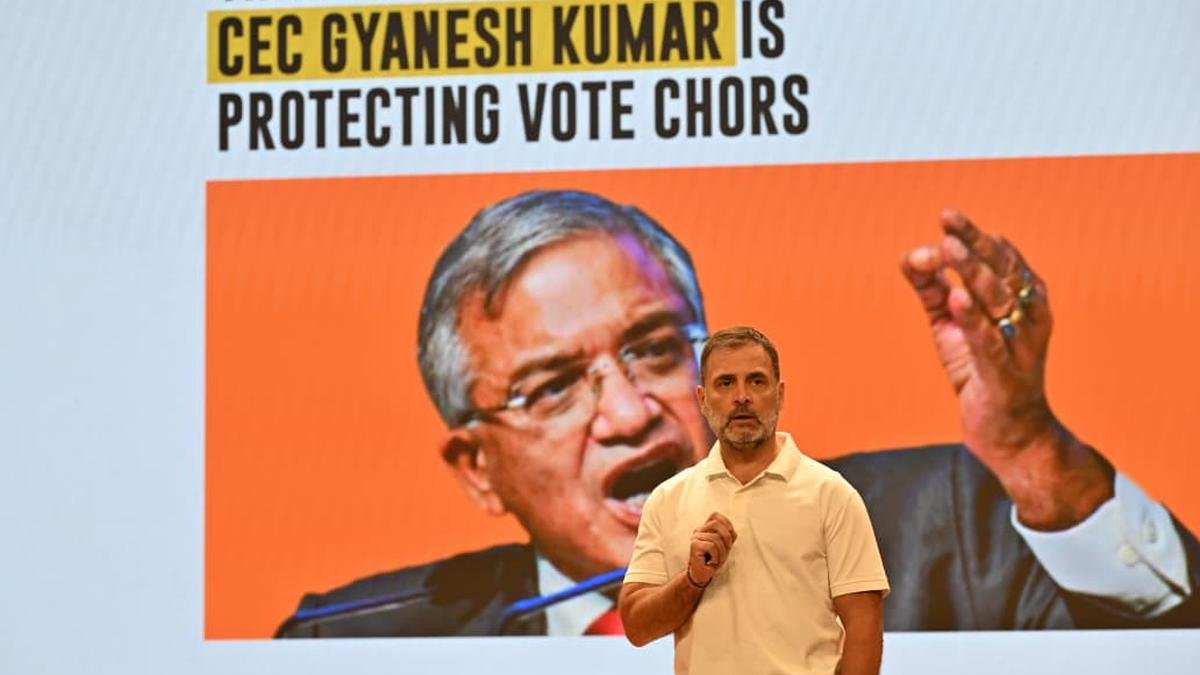
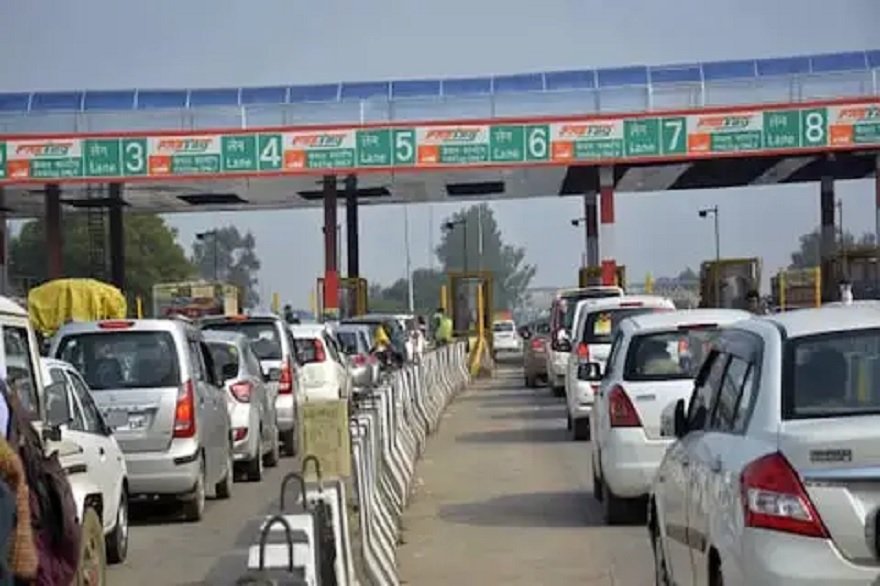




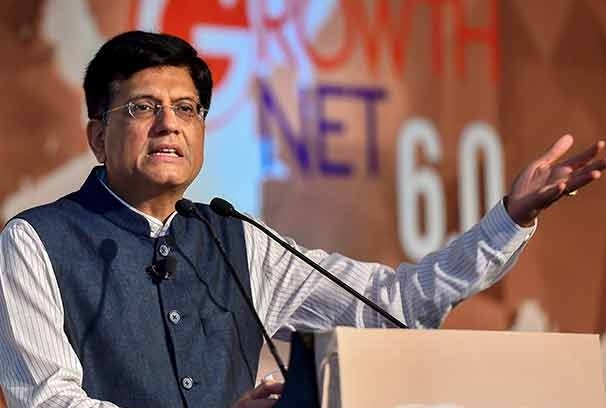







Leave a Reply